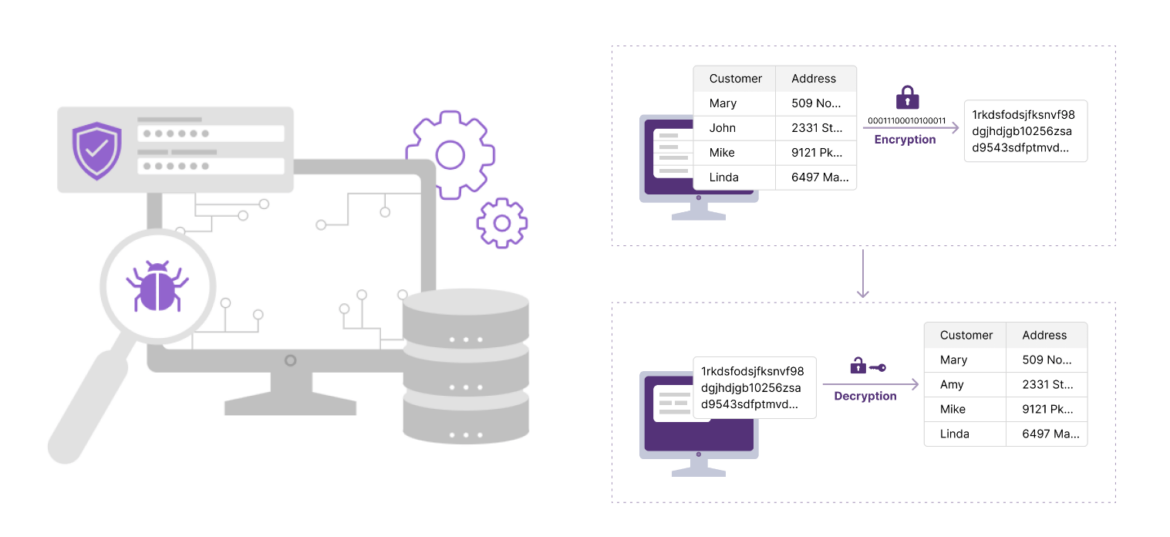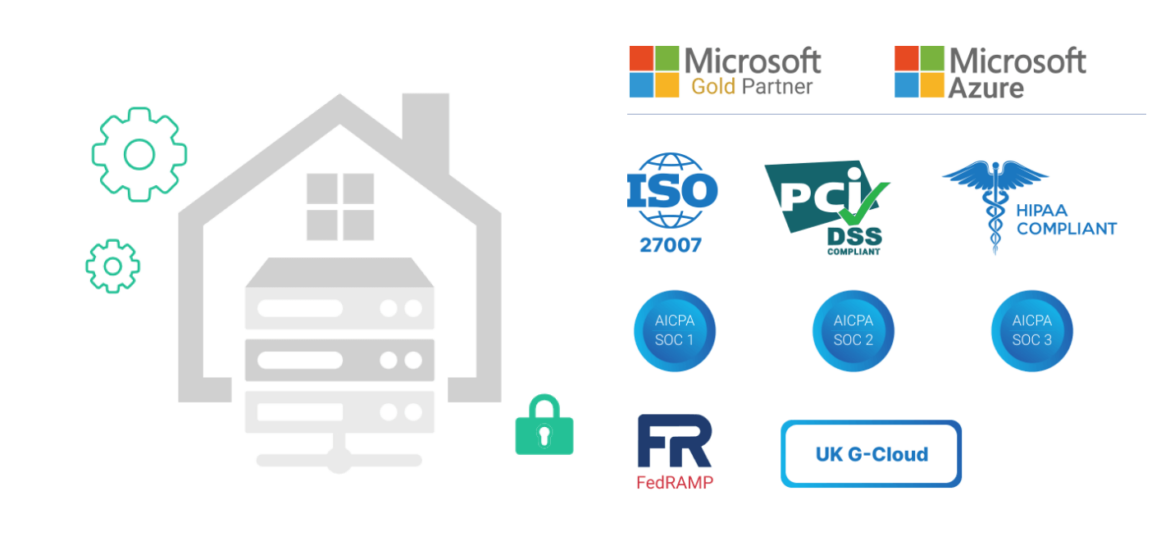Table of Contents
- Introduction to On-Premise Project Management Software
- Key Features of On-Premise Project Management Tools<
- Comparing On-Premise vs. Cloud-Based Solutions<
- Implementing On-Premise Project Management Software<
- FAQs
Introduction to On-Premise Project Management Software
In today’s fast-paced business environment, managing projects efficiently is more critical than ever. On-premise project management software stands out as a robust solution, offering unparalleled control, security, and customization. This type of software is installed and runs on the company’s infrastructure, providing businesses with complete oversight of their project management tools and data.
The benefits of on-premise deployment include enhanced security measures, greater customization opportunities, and full data control, making it an ideal choice for organizations with strict data privacy regulations or specific integration requirements.
Expanding on these benefits, on-premise project management software uniquely positions companies to tailor their project management experience to fit precise operational requirements and integration landscapes. When considering the transition to on-premise solutions, having the right backup for incident management is vital. Understanding elements of an efficient incident response plan can ensure your organization mitigates potential disruptions effectively. For teams seeking robust strategies, uncover how implementing optimized incident response structures can align with your IT capabilities and project management software. This customization extends beyond mere aesthetics, allowing for deep integration with existing internal systems, from HR databases to financial tracking tools.
Such a seamless blend into the company‘s technological fabric not only streamlines workflows but also bolsters efficiency, as teams can navigate a familiar interface designed to support their specific project needs. Whether it‘s adhering to specific regulatory compliance standards or leveraging advanced data analytics for strategic insights, the adaptability of on-premise solutions empowers businesses to maintain a competitive edge in their respective industries.
Key Features of On-Premise Project Management Tools
On-premise project management software comes packed with features designed to streamline project planning, execution, and monitoring. Task scheduling and tracking allow managers to allocate resources effectively, set deadlines, and monitor progress.
Resource allocation tools ensure that each project component has the necessary inputs, while collaboration tools facilitate seamless communication among team members. Moreover, comprehensive reporting and analytics functions provide valuable insights into project performance, helping stakeholders make informed decisions.
Some on-premise project management tools may also offer interactive dashboards, enhancing the user experience and efficiency. Customizable dashboards provide users with a personalized overview of project metrics, prioritizing information that’s most relevant to their roles and responsibilities. This personalization ensures that team members have immediate access to the data they need, boosting productivity and focus.
Comparing On-Premise vs. Cloud-Based Solutions
Choosing between on-premise and cloud-based project management solutions depends on several factors, including data security, cost, and customization needs. On-premise software offers superior data security and privacy, as data remains within the company’s control. However, this comes with higher upfront costs and requires significant infrastructure.
Cloud-based solutions, on the other hand, offer flexibility and scalability but may raise concerns over data sovereignty and security.
On-premise solutions provide organizations with full autonomy over their project management systems. This control extends to the physical servers and the network environment, allowing for a highly secure setup that’s tailored to meet specific regulatory compliance requirements.
It’s an ideal choice for industries such as finance, healthcare, and government, where data privacy is paramount. On the flip side, the responsibility for maintenance, updates, and security falls squarely on the company, necessitating a capable IT team and additional resources.
Cloud-based project management tools, conversely, excel in their ability to offer real-time collaboration and accessibility from anywhere in the world. This is particularly advantageous for teams spread across different locations or for companies that rely heavily on remote work.
Cloud solutions also provide the benefit of regular updates and innovations from the provider, ensuring that organizations always have access to the latest features without the need for manual upgrades. However, this model requires companies to carefully evaluate the cloud provider’s security measures and data handling policies to ensure they align with their own standards and regulatory requirements.
Implementing On-Premise Project Management Software
Implementing on-premise software involves infrastructure preparation, installation, and user training. Businesses must ensure their hardware meets the software’s requirements and plan for a smooth installation process. Training and support are crucial for maximizing the tool’s benefits and ensuring user adoption.
A key best practice in this process is establishing a sandbox environment for testing new updates and configurations before they go live.
This dedicated testing space mirrors the main operating environment but is isolated, preventing any disruptions to daily operations. By using a sandbox, organizations can safely experiment with new features, updates, and customizations, ensuring compatibility and performance without risking the integrity of the live system.
This proactive approach not only minimizes downtime but also enhances overall system reliability, as potential issues can be identified and resolved before they impact the business. Moreover, it offers a valuable opportunity for user training and feedback, further smoothing the transition to new versions or functionalities in the on-premise project management software.
A hybrid solution: a compromise between on-premise and cloud deployment
In navigating the choice between on-premise and cloud solutions, a hybrid approach presents a compelling compromise.
Products like Birdview exemplify this by offering the flexibility to be installed within an existing corporate cloud infrastructure, such as Microsoft Azure. This innovative setup combines the stringent security and control of on-premise systems with the scalability and accessibility of cloud services. By opting for a hybrid solution, organizations benefit from the high-level security measures inherent to their private cloud environment, while also leveraging the cloud’s advantages in terms of reduced physical infrastructure costs, enhanced disaster recovery capabilities, and the ease of accessing the software from anywhere.
This approach allows businesses to tailor their project management solution in a way that aligns with their specific security, operational, and financial objectives, providing a balanced pathway to digital transformation.
Customization and Integration
One of the significant advantages of on-premise project management software is its customization and integration capabilities. Organizations can tailor the software to fit their specific processes and integrate it with existing systems, enhancing efficiency and data coherence.
On-premise deployment often provides more flexibility than cloud solutions, particularly in terms of integration capabilities. This is because certain on-premise applications can be directly integrated even if they lack any or sufficient API access.
Such direct integration allows organizations to bridge gaps between various systems and tools, ensuring a seamless flow of information across the enterprise. This level of integration is especially critical for businesses that rely on legacy systems or specialized software that may not be readily compatible with cloud-based solutions. By opting for an on-premise approach, companies can leverage this enhanced flexibility to create a more cohesive and efficient IT ecosystem, tailor-made to support their unique operational needs and challenges.
Security Considerations for On-Premise Solutions
Security is a top priority for on-premise deployments. Companies must implement robust data protection measures and comply with relevant regulations to safeguard sensitive information. This includes regular security audits, access controls, and encryption.

An on-premise deployment enables companies to take full control of their security measures without having to rely on external vendors. This independence allows for the customization of security protocols to fit specific organizational needs and risk profiles.
Businesses can directly manage and update their security systems, ensuring they are always ahead of potential threats. This autonomy in security management not only enhances the overall protection of sensitive data but also provides peace of mind, knowing that the security posture is tailored specifically to the company‘s infrastructure and business practices.
Challenges of Managing On-Premise Software
Maintaining and upgrading on-premise software can pose challenges, including ensuring system compatibility and managing scalability. However, with proper planning and support, these challenges can be effectively managed.
A critical practice for navigating these hurdles is to establish a regular maintenance schedule, conducting periodic checks and updates to keep the software operating optimally.
Proactively addressing potential issues before they escalate can significantly reduce downtime and sustain productivity levels.
Planning for scalability is equally important, allowing for seamless adaptation as organizational demands grow, ensuring the software continues to meet the business’s needs without extensive modifications.
Additionally, some product vendors offer specialized services to maintain and upgrade the software, presenting a valuable resource for businesses. Leveraging these services can mitigate risks associated with system compatibility and scalability by ensuring that upgrades are handled by those with in-depth knowledge of the product. This partnership not only streamlines the maintenance process but also ensures access to the latest features and security enhancements, keeping the on-premise project management solution robust and effective in the long term.
Choosing the Right On-Premise Solution for Your Business
Selecting the right on-premise project management software requires careful consideration of your business needs, budget, and technical capabilities. This guide provides a framework for assessing potential solutions and making the best choice for your organization.
Key factors to evaluate include the software’s feature set, ensuring it aligns with your project management requirements and workflows. It’s also crucial to consider the software‘s scalability, to support your business as it grows, and its integration capabilities with existing systems to maintain data coherence and operational efficiency.
Additionally, assess the level of support and maintenance services offered by the vendor. Some vendors offer comprehensive maintenance and upgrade services, which can significantly reduce the risk and burden on your IT team. This aspect is particularly important as it can influence the long-term sustainability and security of the software. Lastly, conduct a cost-benefit analysis to understand the total cost of ownership and ensure it fits within your budget constraints. By carefully weighing these considerations, you can select an on-premise project management solution that not only meets your current needs but is also poised to grow with your business.
Migration Strategies: Moving to On-Premise Software
Migrating to on-premise project management software involves careful planning and execution. This section outlines strategies to ensure a smooth transition and avoid common pitfalls.
Migrating to on-premise project management software requires strategic planning to ensure a seamless transition.
Some vendors offer both cloud and on-premise versions of their software, providing flexibility to start with a cloud-based trial. This approach allows businesses to assess the software’s fit without significant upfront investment. Once the product proves beneficial, data can be migrated in-house, leveraging vendor support for a smooth shift. This strategy minimizes risks and ensures the software aligns with organizational needs before committing to an on-premise deployment.
Training and User Adoption
Implementing effective training programs and fostering user adoption are crucial for maximizing the benefits of on-premise project management software. To achieve this, it’s vital to develop engaging and comprehensive training materials that cater to diverse learning styles. Interactive tutorials, hands-on workshops, and regular support sessions can significantly enhance user competence and confidence. Additionally, highlighting the software‘s benefits and how it simplifies daily tasks can motivate team members to embrace the new system.
Providing ongoing support and creating a feedback loop for continuous improvement also contribute to higher satisfaction and adoption rates. By prioritizing user education and support, businesses can ensure their teams are fully equipped to leverage the software’s capabilities, leading to improved project outcomes and productivity.
FAQs
Q: What are the main advantages of on-premise project management software over cloud-based solutions?
A: The main advantages of on-premise project management software over cloud-based solutions are:
- Enhanced Data Security: Offers greater control over data, crucial for businesses with strict privacy needs.
- Customization and Flexibility: Allows for deeper customization to fit specific organizational processes.
- Control Over Updates: Businesses decide when to implement updates, facilitating smoother integration.
Q: How do I determine if on-premise project management software is right for my business?
A: To determine if on-premise project management software is right for your business, consider:
- Integrations: If unique business processes require deep integrations with the existing on-premise apps
- IT Capabilities: Ensure you have the infrastructure and expertise to manage it.
- Data Security: Essential for industries with strict privacy regulations.
- Scalability: Can it grow with your business needs?
Assessing these aspects will help you decide if the benefits of on-premise software align with your business objectives.
Q: What are the key features to look for in on-premise project management tools?
A: When selecting on-premise project management tools, focus on these key features:
- Task Management: Allows organizing, prioritizing, and tracking tasks efficiently.
- Resource Allocation: Tools to assign resources and manage workload effectively.
- Collaboration Features: Facilitates team communication and file sharing.
- Reporting and Analytics: Provides insights into project performance and progress.
- Customization: Offers the ability to tailor the software to specific business processes.
- Integration Capabilities: Supports seamless integration with other business systems.
- Security Features: Includes robust security measures to protect data.
- Scalability: Can grow with your business needs.
These features are essential for effective project management, ensuring that the tool can support your team‘s workflow and help achieve project goals.
Q: How can I ensure the security of my on-premise project management software?
A: To ensure the security of your on-premise project management software:
- Regular Updates: Apply software updates and patches promptly to address vulnerabilities.
- Access Controls: Implement strict access controls and permissions to protect sensitive data.
- Firewalls and Antivirus: Use firewalls and antivirus programs on Mac or Windows to defend against external threats.
- Data Encryption: Encrypt data in transit and at rest to prevent unauthorized access.
- Backup and Recovery: Establish robust backup and disaster recovery plans.
- Security Audits: Conduct regular security audits and assessments to identify and mitigate risks.
- Employee Training: Train employees on security best practices and awareness.
- Working with Vendor: Collaborate closely with the software vendor for specialized support, security updates, and expert advice tailored to your system.
Q: What steps should I follow to implement an on-premise project management solution?
A: To implement an on-premise project management solution, follow these steps:
- Needs Assessment: Evaluate your business needs and technical requirements.
- Vendor Selection: Choose a vendor that offers a solution fitting your needs.
- Infrastructure Preparation: Ensure your IT infrastructure meets the software requirements.
- Installation and Configuration: Install the software and configure it according to your business processes.
- Integration: Integrate the software with other business systems for data coherence.
- Training: Train your team on how to use the software effectively.
- Testing: Conduct thorough testing to ensure everything works as expected.
- Go Live: Deploy the software to the entire organization.
- Ongoing Support and Maintenance: Plan for regular updates, maintenance, and support.
Q: How can I integrate on-premise project management software with other business systems?
A: To integrate on-premise project management software with other business systems, follow these steps:
- Assess Compatibility: Verify that the software can technically integrate with your existing systems.
- Use APIs: Leverage Application Programming Interfaces (APIs) for seamless data exchange between systems.
- Consult Vendors: Work with software vendors for guidance and support on integration processes.
- Custom Development: Consider custom development for unique integrations, especially if off-the-shelf solutions are not available.
- Test Thoroughly: Ensure thorough testing of integrations in a controlled environment before full deployment.
These steps facilitate a smooth integration, enhancing operational efficiency and data coherence across your business systems.




